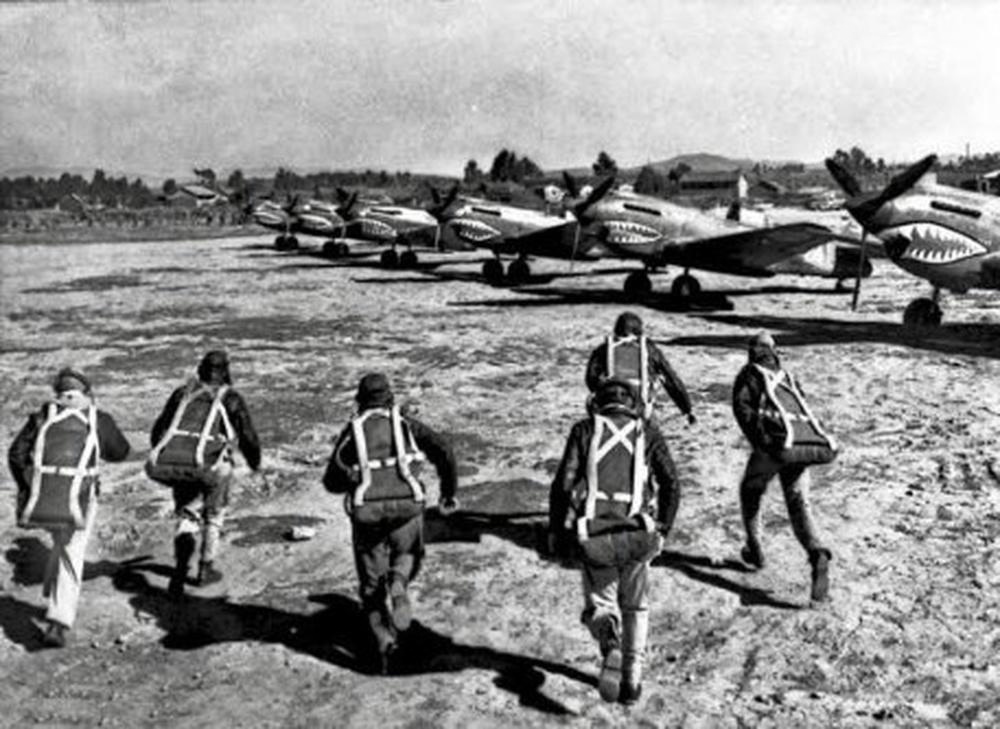
AeroGenie - مساعد الطيار الذكي الخاص بك.
الرائج الآن
Categories
India's NIBE Aeronautics Obtains NSOP from Premier IA

NIBE Aeronautics Secures NSOP Following Induction of Premier IA Jet
NIBE Aeronautics has been granted non-scheduled operator's permit (NSOP) #6/2025 by India’s Directorate General of Civil Aviation (DGCA), marking a significant development for the company with the addition of a Premier IA aircraft to its fleet. The announcement was made by the company’s accountable manager, Sourabh Jangid, who expressed enthusiasm over achieving this milestone within a notably brief period.
Details of the Premier IA Aircraft and Operational History
The newly inducted Premier IA, registered as VT-VRL (msn RB-219), is a 17.8-year-old jet configured to accommodate up to six passengers. Based in Pune, the aircraft had been stored at Bengaluru’s Hindustan Aeronautics Limited (HAL) facility since October 2024. It resumed operations following a successful test flight conducted on May 7. Prior to joining NIBE Aeronautics, the jet was operated under the NSOP of VRL Logistics from 2008 until July 2023. This period ended when VRL Group merged VRL Logistics’ aviation division into Vijayanand Travels, another subsidiary within the group. Subsequently, the NSOP held by VRL Logistics was transferred to Vijayanand Travels, which currently operates a Gulfstream G150 under a new permit.
NIBE Aeronautics’ Expanding Role in India’s Executive Aviation Sector
Beyond executive jet charters, NIBE Aeronautics provides a range of services including aircraft management, sales and acquisitions, and fractional ownership. The company operates as a division of NIBE Limited, a prominent Indian manufacturer specializing in defence, aerospace, and e-mobility sectors, and is publicly listed on the National Stock Exchange of India.
With the acquisition of this NSOP, NIBE Aeronautics becomes the sixth operator in India authorized to fly Premier I and Premier IA jets. It joins a select group of companies including LCL Aviation, Pinnacle Air, Saffron Strokes Aviation, Simm Samm Airways, and Urbane Jets, all of which commenced operations earlier this year with a single aircraft of this type.

Trump Administration Releases 10-Year Plan to Advance U.S. Air Power

China Advances Clean Energy in Transportation: Flying Taxis, Drones, and Bullet Trains
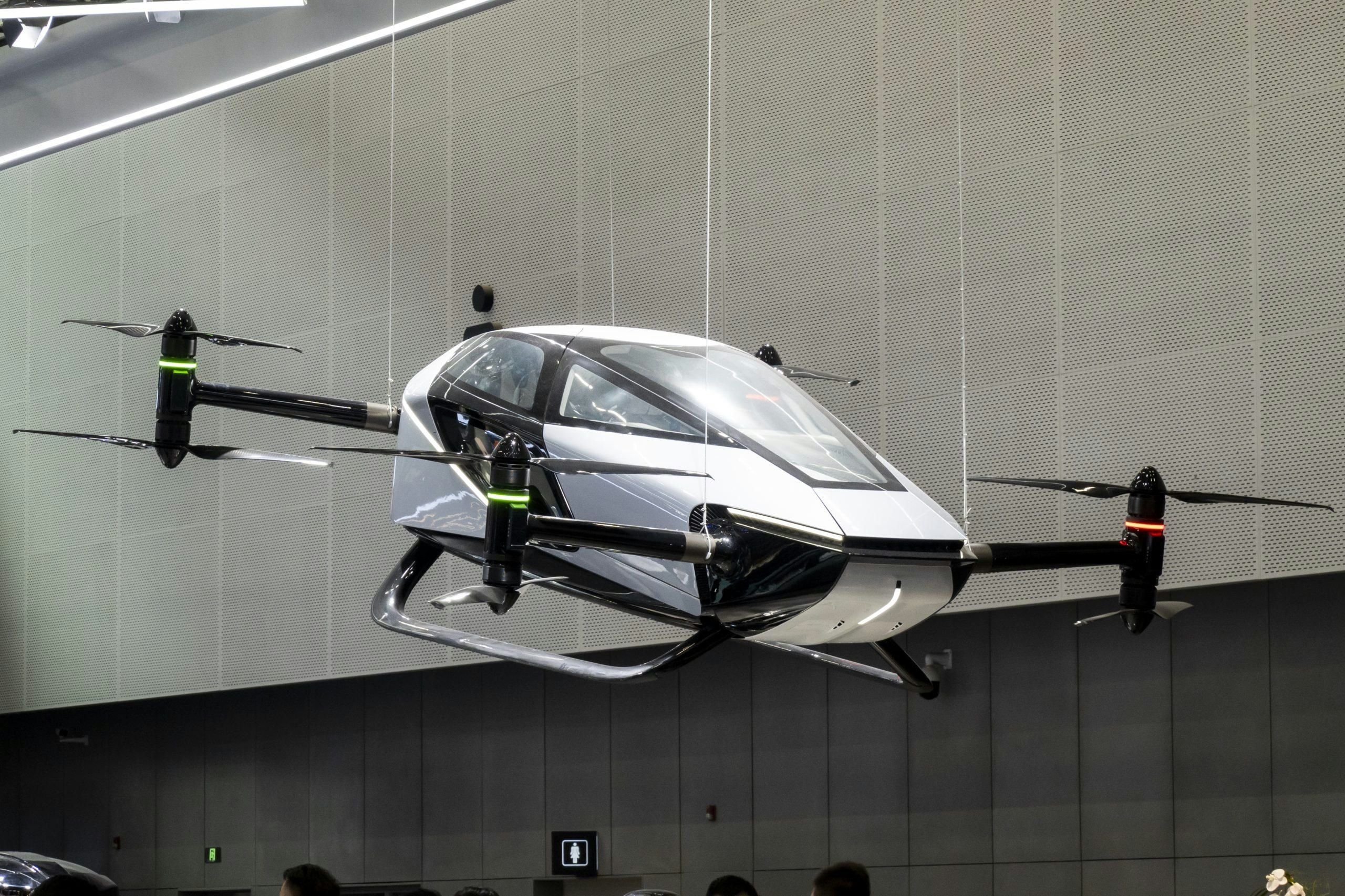
Trump Administration Plans to Expand Flying Taxi Programs

SWAPA Backs Bipartisan Aviation Funding Solvency Act

FLYYO Adopts CISEFA’s Training Management Software
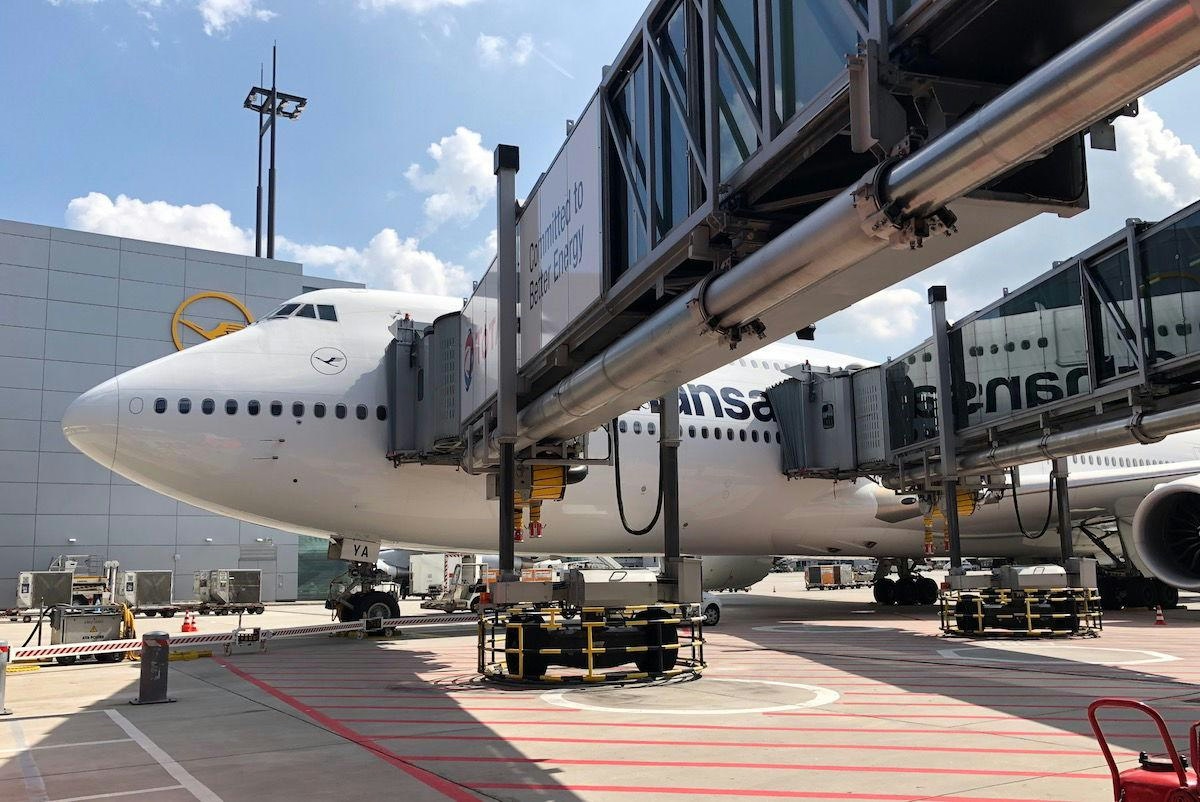
Lufthansa to Sell Two Boeing 747-8s to U.S. Government
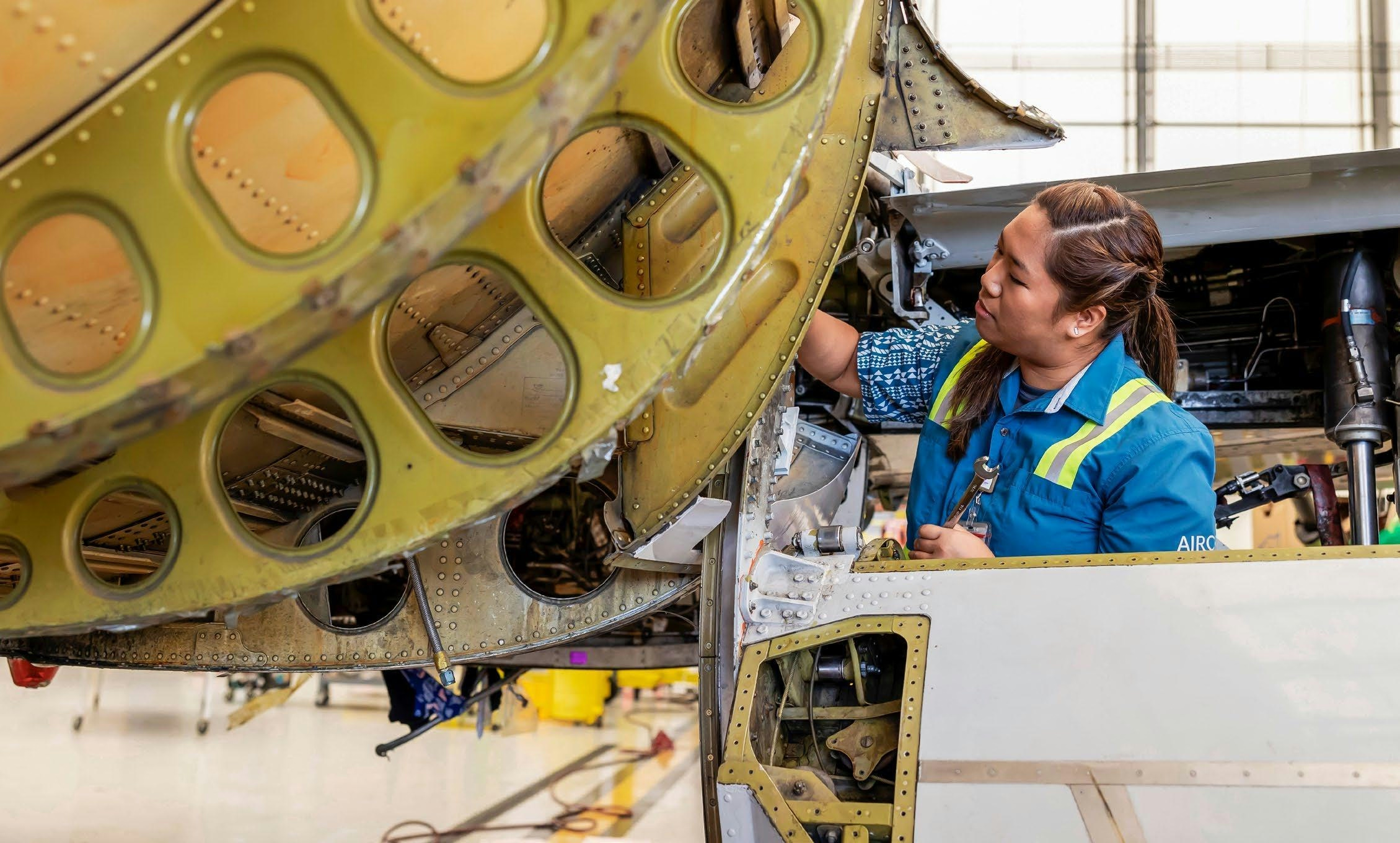
Hawaiian Airlines, Alaska Airlines, Par Hawaii, and Pono Energy Collaborate on Sustainable Aviation Fuel in Hawai‘i
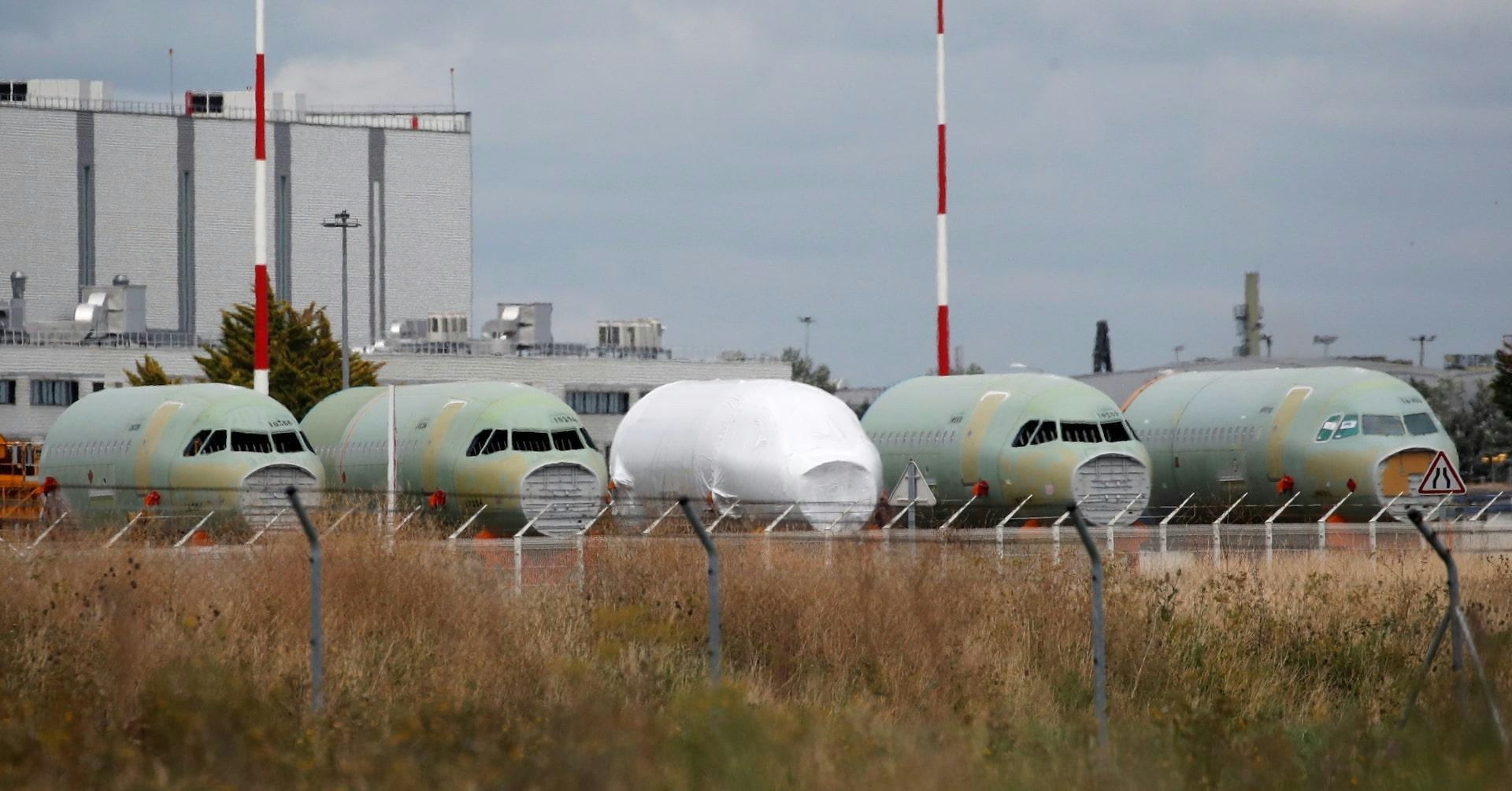
Regulator Orders Inspections of Select Airbus A320s Over Fuselage Flaw

BizJet Interiors Zone to Highlight Innovation and Craftsmanship at AIX 2026
